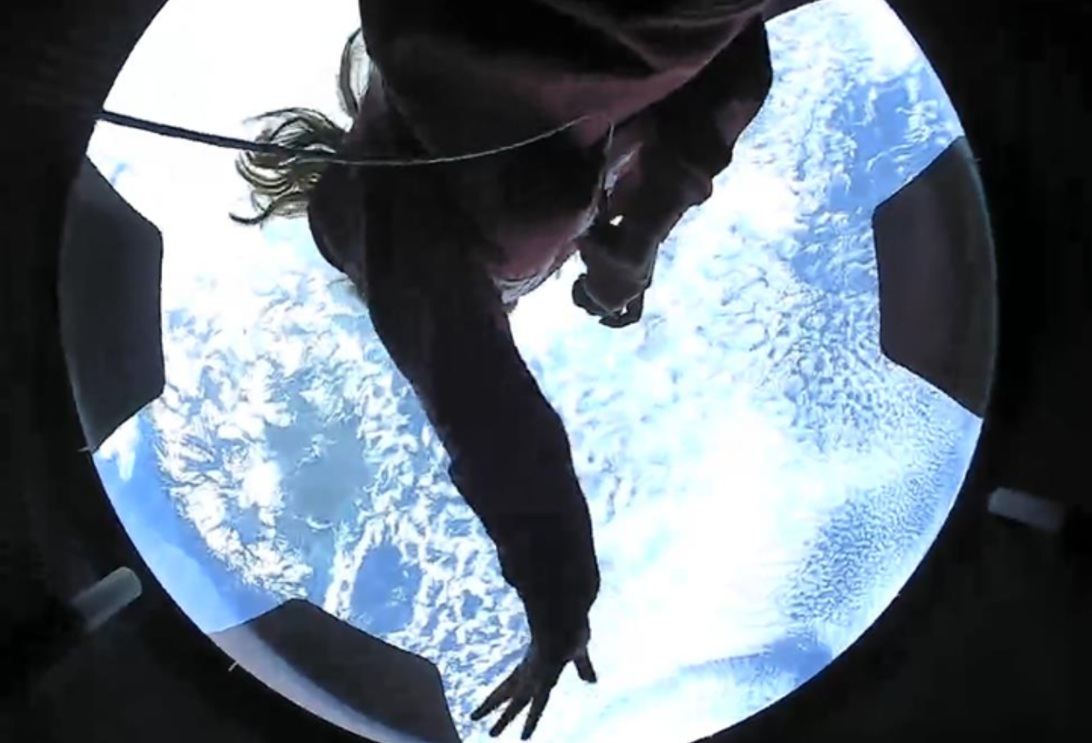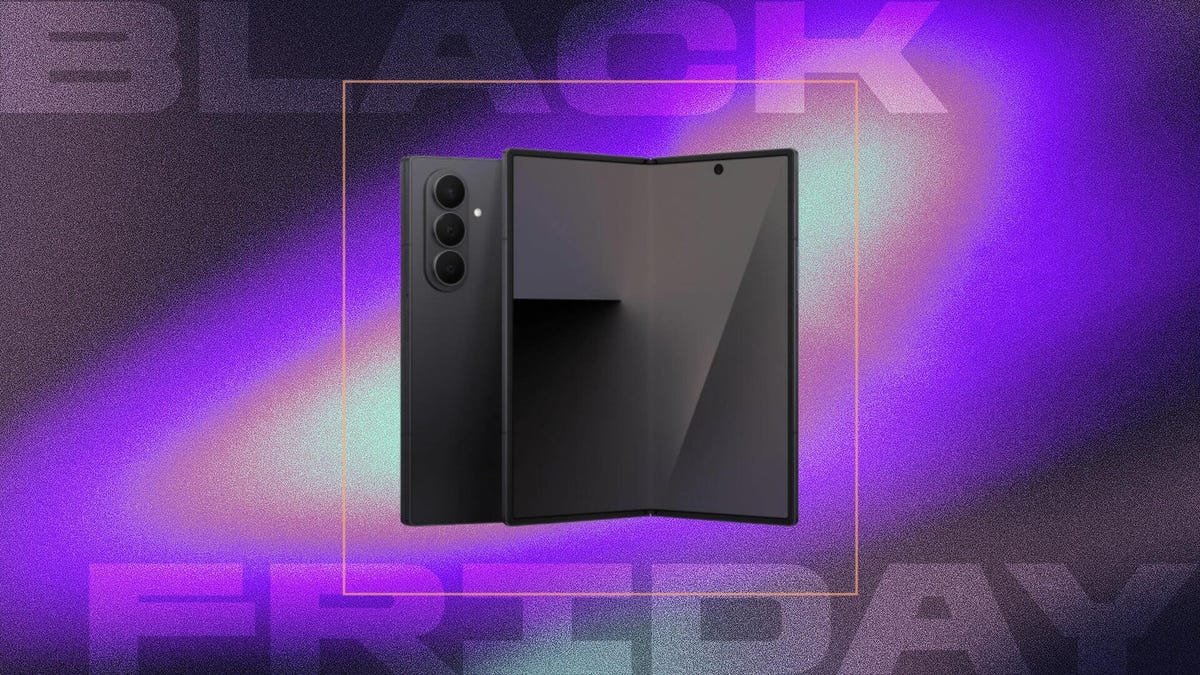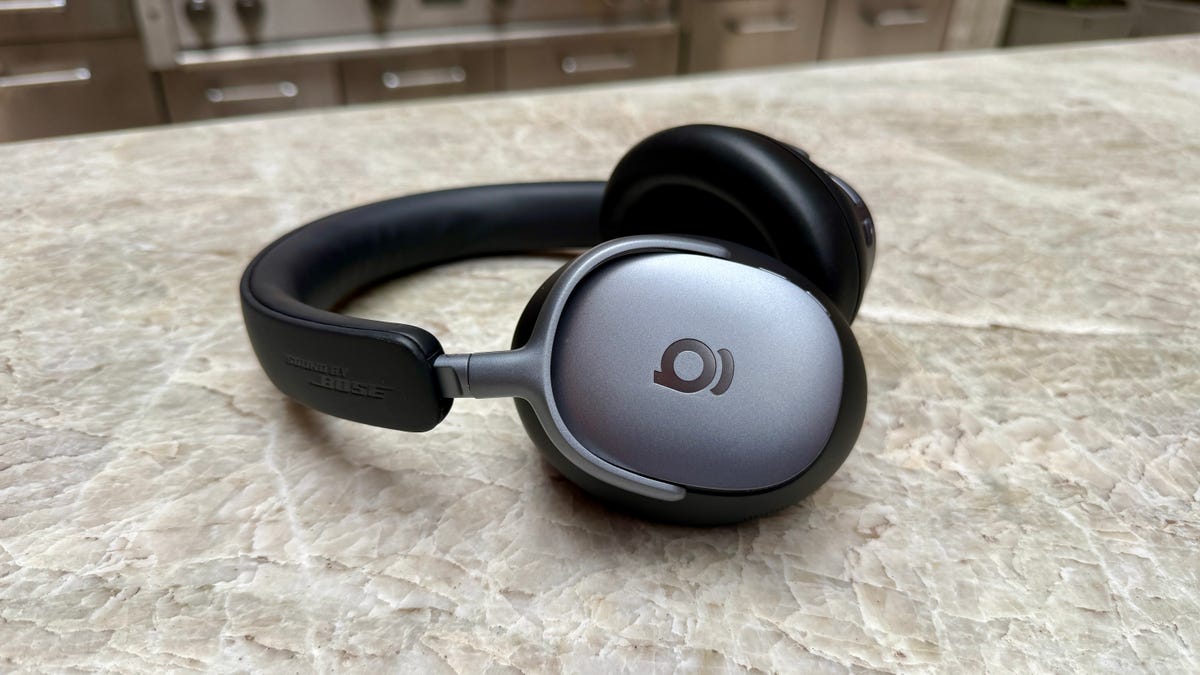Technologies
Why SpaceX’s Inspiration4 mission matters to everyone
Commentary: It’s arguably the biggest mission in the so-called billionaire space race of 2021 and a key step to a more high-flying future.

Imagine getting a call saying that if you want, you can join the rare group of less than a thousand humans who’ve not only visited space but orbited this planet. Oh, and the mission blasts off in about six months.
That’s the call three Americans received earlier this year. And the offer wasn’t for the type of 15-minute joyride to the edge of space we recently saw from Blue Origin and Virgin Galactic. We’re talking about a three-day sojourn in orbit, the sort of thing NASA astronauts spend their entire lives preparing for.
Sure, civilians have flown to the International Space Station before, but it typically required a personal fortune, a little influence and months or even years of training. The idea of plucking people from obscurity, Wonka-style, and sending them into orbit has been the stuff of science fiction.
Until now.
As I wrote this, physician’s assistant Hayley Arceneaux and data engineer Chris Sembroski, both of whom had zero reason as of a year agoto expect they’d ever visit space, were whipping around this planet roughly every 90 minutes.
They were joined by billionaire entrepreneur Jared Isaacman and geologist Sian Proctor, who both have experience as pilots but no spaceflight experience.
The quartet makes up the entirety of the crew of the Inspiration4 mission that splashed back down to Earth on Saturday. There was no professional astronaut chaperone from NASA on board, just four space novices cruising above Earth, performing research and making history. The mission is also billed as a fundraiser for St. Jude’s Children’s Research Hospital, where Arceneaux was a patient as a child and now works as a medical professional.
This was all bankrolled by Isaacman and possible thanks to SpaceX and its autonomous Crew Dragon spacecraft, the first new crewed spaceship (outside of China) that we’ve seen since the space shuttle made its debut decades ago.
For space fanatics, this mission is a big deal, but several billion other humans can be forgiven for wondering why it matters that yet another wealthy person has financed a trip to space and invited a few randos to ride along.
Inspiration for who?
First, it’s important to remember that new methods of transport have typically gone through the same process — trains and planes started out as elite experiences went on to revolutionize our lives. This suggests the Inspiration4 crew could be just the first of many regular people to go to orbit or beyond. (SpaceX didn’t respond to a request for comment.)
Elon Musk has suggested his next-generation Starship could eventually be used for super quick international flights via orbit, possibly with less of a carbon footprint than current commercial jetliners.
Inspiration4 lays the groundwork for the idea of making it to orbit as a passive passenger and opening up space for transportation and other possible uses.
If you believe, as I do, that expanding humanity’s footprint beyond our planet is likely to improve life on our planet, Inspiration4 is an important milestone on that generations-long journey.
I’m not sure Mars is the best place to build a city or that living on orbiting space stations will be practical anytime soon.
But a few things I do know: Industrialization on Earth often comes at the detriment of the planet’s delicate ecosystems, and some of that industry could be moved into space. Billionaires in space today could be the first step toward factories or power plants in orbit tomorrow that help us finally mitigate climate change.
Also, the original space race of the 1950s through 1970s didn’t just put people on the moon, it spawned loads of innovation that undergirds our civilization today.
The GPS on your phone that gets you where you need to go and our satellite-based society that moves all sorts of information around the globe at the speed of light can be traced directly back to the Mercury and Apollo programs and the founding of NASA.
It’s exciting to imagine what parts of daily life in 2050 will owe their prominence to SpaceX and Inspiration4.
Technologies
The Black Friday Gaming Deals You Want Are Already Here, Including PlayStation, Xbox and Alienware
Technologies
The Black Samsung Galaxy Z Fold 7 Is at a Record $443 Off at Amazon for Black Friday
A Galaxy Z Fold 7 price war between Amazon and Samsung gives us a record-low deal for one color.

If you’re looking for a foldable iPhone, you’re gonna need to wait until 2026, but if you’re looking for the best foldable phone of 2025, there are great deals on the Galaxy Z Fold 7 right now at both Amazon and Samsung, with the former dropping the black version of Samsung’s foldable phone to a record-low $1,557. All other models are $1,600 at both Amazon and Samsung, a $400 discount.
Samsung’s unique foldable phones had an awkward adolescence, but after getting her hands on the new lineup, CNET reviewer Abrar Al-Heet confirms that the latest Z Fold 7 «just feels right.» For one, it’s incredibly sleek at just 8.9mm thick when closed or 4.2mm thick when open, which is so thin you may even forget that it’s foldable.
Hey, did you know? CNET Deals texts are free, easy and save you money.
Despite weighing just 215 grams, this foldable features some serious hardware. It has a 6.5-inch cover screen and an 8-inch interior display with a fluid 120Hz refresh rate. It’s equipped with a cutting-edge Snapdragon 8 Elite processor and 12GB of RAM to support tons of helpful AI features and functions, and comes with Android 16 and Samsung One UI 8 right out of the box.
The camera system is also pretty impressive, boasting a 200-megapixel rear camera, 12-megapixel ultrawide shooting and a 10-megapixel front camera on both the cover and interior screens. Plus, it’s equipped with a 4,400-mAh battery for all-day use.
MOBILE DEALS OF THE WEEK
-
$749 (save $250)
-
$475 (save $175)
-
$499 (save $300)
-
$900 (save $400)
Why this deal matters
With an unbelievably sleek design and cutting-edge hardware, the impressive Samsung Galaxy Z Fold 7 is our favorite foldable phone on the market. But it also comes with a staggering $2,000 price tag, and if you’re hoping to get your hands on one, this $443 discount is a way to rack up some serious savings and help cushion the blow of its considerable cost. Just be sure to get your order in soon, as we doubt this deal will remain live for long.
Join Our Daily Deals Text Group!
Get hand-picked deals from CNET shopping experts straight to your phone.
By signing up, you confirm you are 16+ and agree to receive recurring marketing messages at the phone number provided. Consent is not a condition of purchase. Reply STOP to unsubscribe. Msg & data rates may apply. View our Privacy Policy and Terms of Use.
Technologies
I Almost Missed This Deal Within a Deal for Baseus’ Bose-Infused Headphones and Earbuds
Baseus’ new Inspire XH1, XP1 and XC1 models with Sound by Bose are 23% to 33% off for Black Friday and Cyber Monday. But Baseus throws in its BC1 clip-on earbuds or other «free» bonus items to make the deal even sweeter.

I gave CNET Editors’ Choice awards to Baseus’ Bose-infused Baseus Inspire XH1 headphones and Inspire XP1 earbuds because they’re well designed and sound decent for what they cost. I also liked Baseus’ Inspire XC1 clip-on earbuds, which have dual- drivers and earned a spot on CNET’s best clip-on earbuds list.
Last week all three models were selling for around $110 (though they have higher list prices), but they’re now discounted to around $100 for Black Friday and Cyber Monday. That’s a deal I’d highlight on its own, but if you click through to any of those models’ Amazon product pages an look closely you’ll see that each is eligible for «one free item» with purchase.
Read more: Best wireless earbuds of 2025
You have to click the «how to claim link» and then add one of the three products to the your cart. Once one of the headphones or earbuds is added to your cart, you can click a button on the left side of screen (above the stars for average ratings) that switches the view from «qualifying items» to «benefit items.» You can then add Baseus’s BC1 clip-on earbuds, which list for $40, to your cart as a free item. Baseus’ step-up Basues MC1 Pro ($48 for Black Friday) and Inspire XC1 clip-on buds sound better, but the BC1 are fine for casual use.
If the BC1 earbuds option doesn’t thrill you, there are other freebies you can opt for. Just go back to the Amazon product page for the Inspire XH1, XP1 and XC1 and you’ll see options for one free item with $100, $90, $51 and $46 purchases. The $90 benefit item is a 30W dual-port fast charger (list price $20), which is decent, and the $51 benefit item is a retractable USB-C cable ($19 list) that’s useful. Don’t bother with the $46 benefit item.
You can read my full reviews of the Inspire XH1 headphones here and the Inspire XP1 earbuds here. And here’s my quick take of the Inspire XC1 earbuds:
Like Baseus’ noise-isolating Inspire XP1 earbuds that I rated highly, the Inspire XC1 feature «Sound by Bose» and a more premium design than earlier Baseus earbuds. The XC1 don’t sound as good as the XP1, but they sound good for open earbuds and are equipped with dual drivers, one of which is a Knowles balanced-armature driver that helps improve treble performance. While they don’t produce as much bass as noise-isolating earbuds like the Inspire XP1, their bass performance is better than I expected. The buds’ sound is pretty full, especially in quieter environments, though they do better with less bass-heavy material (I did notice a bit of distortion at higher volumes with certain tracks with harder driving bass).
While I prefer the design and fit of Bose’s Ultra Open Earbuds (as well as the design of their case) and think the Bose buds sound more natural and a tad better overall, the much more affordable Inspire XC1 fit comfortably and offer top-tier sound for clip-on open earbuds (and they play louder than the Bose), as well as decent voice-calling performance with good background noise reduction.
HEADPHONE DEALS OF THE WEEK
-
$248 (save $152)
-
$170 (save $181)
-
$298 (save $131)
-
$199 (save $150)
Read more: Best Black Friday headphones deals
Join Our Daily Deals Text Group!
Get hand-picked deals from CNET shopping experts straight to your phone.
By signing up, you confirm you are 16+ and agree to receive recurring marketing messages at the phone number provided. Consent is not a condition of purchase. Reply STOP to unsubscribe. Msg & data rates may apply. View our Privacy Policy and Terms of Use.
-

 Technologies3 года ago
Technologies3 года agoTech Companies Need to Be Held Accountable for Security, Experts Say
-

 Technologies3 года ago
Technologies3 года agoBest Handheld Game Console in 2023
-

 Technologies3 года ago
Technologies3 года agoTighten Up Your VR Game With the Best Head Straps for Quest 2
-

 Technologies4 года ago
Technologies4 года agoBlack Friday 2021: The best deals on TVs, headphones, kitchenware, and more
-

 Technologies4 года ago
Technologies4 года agoVerum, Wickr and Threema: next generation secured messengers
-

 Technologies4 года ago
Technologies4 года agoGoogle to require vaccinations as Silicon Valley rethinks return-to-office policies
-

 Technologies4 года ago
Technologies4 года agoOlivia Harlan Dekker for Verum Messenger
-

 Technologies4 года ago
Technologies4 года agoiPhone 13 event: How to watch Apple’s big announcement tomorrow
